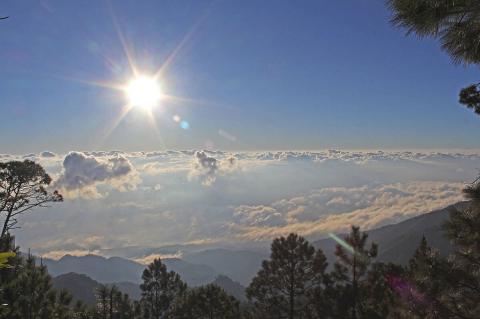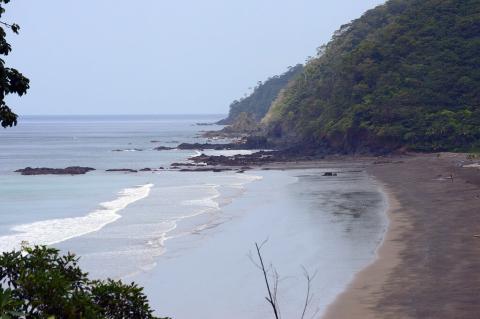Agua y Paz Biosphere Reserve (Costa Rica)
The Agua y Paz (Water and Peace) Biosphere Reserve in northern Costa Rica is comprised of Juan Castro Blanco National Park, Caño Negro National Wildlife Refuge, four biological corridors, and an indigenous community. It is characterized by mountain ranges, volcanoes, and plains.









